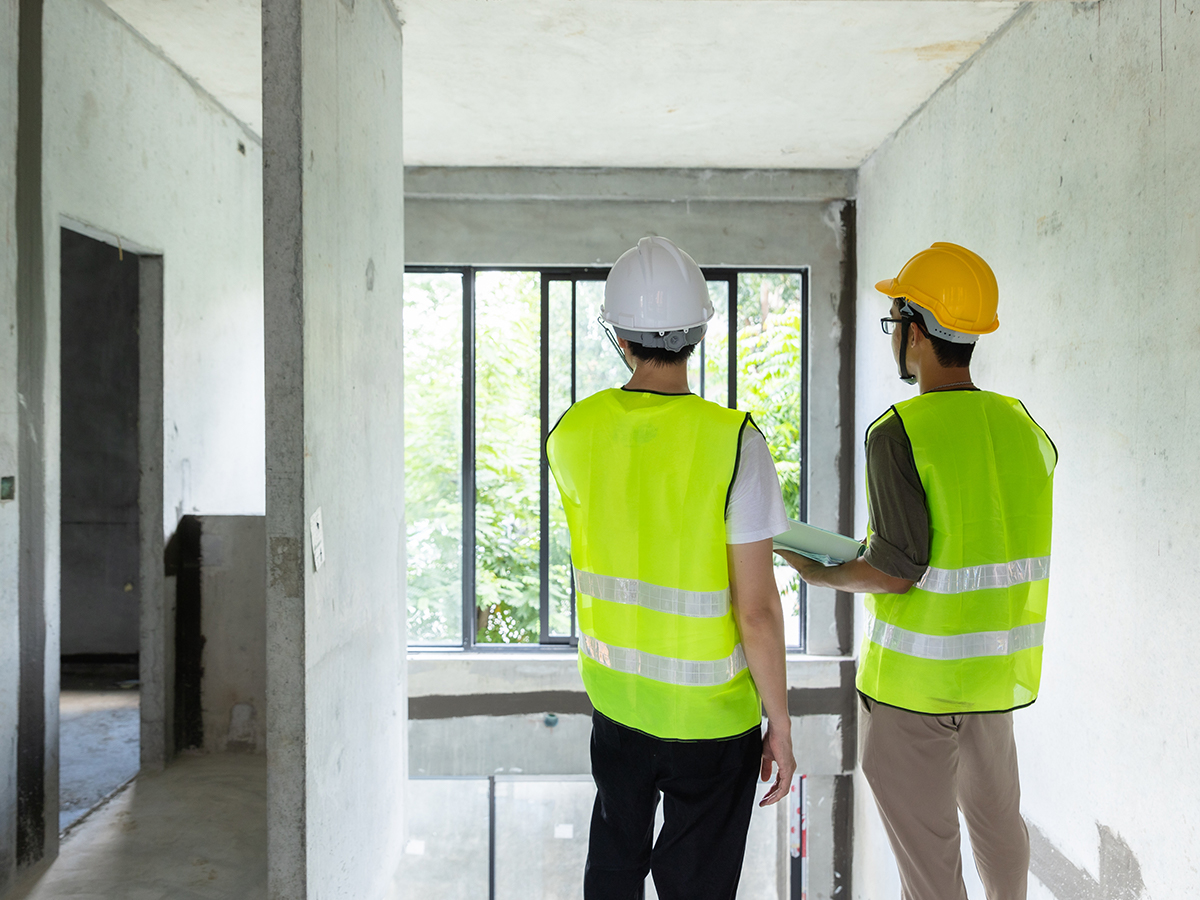Understanding Structural Movement
Structural movement refers to the shifts and changes in a building's structure due to various factors, including:
Subsidence: Downward movement of the ground supporting the building, often caused by soil shrinkage or extraction of underground resources.
Heave: Upward movement of the ground beneath a building, typically resulting from soil expansion.
Settlement: Gradual sinking of a building as the soil compresses under its weight.
Thermal Movement: Expansion and contraction of building materials due to temperature changes.
Identifying these movements early is crucial to prevent further damage and ensure the structural integrity of your property.
Our Inspection Process
Initial Consultation: We begin by discussing your concerns and gathering information about the property's history and any noticeable issues.
Comprehensive Survey: Our experienced surveyors conduct a thorough examination of the property, focusing on signs of movement such as cracks, misaligned doors or windows, and uneven floors.
Monitoring: In cases where movement is detected, we may install monitoring equipment to track changes over time, helping to determine the cause and severity.
Detailed Reporting: We provide a comprehensive report outlining our findings, including the type and extent of movement, potential causes, and recommended remedial actions.
Follow-Up Support: Our team is available to discuss the report, answer any questions, and assist with planning necessary repairs or further investigations.

Enquire Now:
Benefits of Our Structural Movement Inspections
Early Detection: Identifying issues early allows for less invasive and more cost-effective repairs.
Safety Assurance: Ensures the building is safe for occupants by addressing potential hazards.
Property Value Protection: Maintains or enhances property value by preventing further deterioration.
Why Choose Us?
Expertise: Our team comprises qualified professionals with extensive experience in diagnosing and managing structural movement.
Advanced Technology: We use the latest tools and techniques to assess and monitor structural issues accurately.
Personalised Service: We tailor our inspections and reports to meet your needs and concerns.
Common Indicators of Structural Movement
Cracks in Walls: Noticeable cracks, especially those wider than 3mm, may indicate movement.
Sticking Doors and Windows: Difficulty in opening or closing doors and windows can result from frame distortion due to movement.
Uneven Floors: Sloping or sagging floors may suggest underlying structural issues.
Bulging or Leaning Walls: Walls that appear to bulge or lean could be a sign of significant structural movement.
Who Should Consider a Structural Movement Inspection?
Homeowners: Experiencing signs of movement or planning renovations.
Prospective Buyers: Wishing to ensure the structural soundness of a potential purchase.
Property Managers: Responsible for the maintenance and safety of buildings.
Investing in a Structural Movement Inspection provides peace of mind and a clear path forward in addressing any issues. Contact us today to schedule an inspection and safeguard your property's future.
